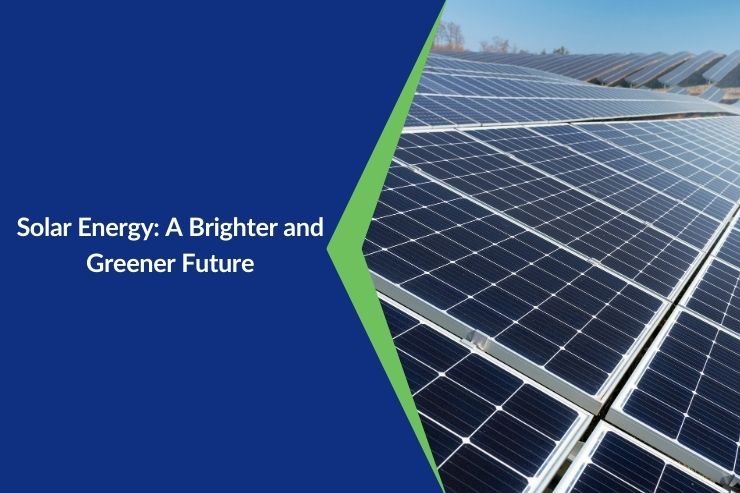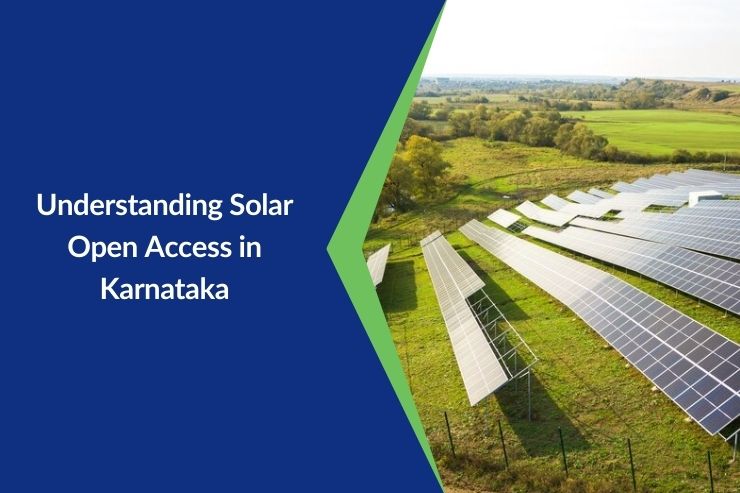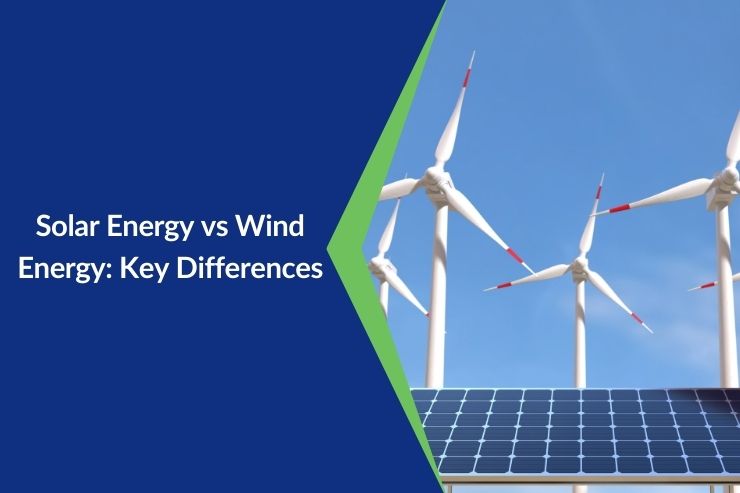What is Solar Power Energy?
Harnessing energy involves converting sunlight into electricity using photovoltaic (PV) cells, typically crafted from silicon. These cells absorb sunlight to generate a current via the effect. Solar power is an renewable energy option that helps lessen our dependence on fuels and lessen environmental harm. It can be utilized in a range of settings from household systems, to expansive projects.
What is a Solar Power Energy Project?
A solar power energy project typically involves creating and putting into action a setup to produce electricity using sunlight. These initiatives can vary from rooftop setups to expansive fields spanning multiple acres. The significance of power projects lies in their ability to generate sustainable energy, diminish greenhouse gas emissions and provide a long term solution to the escalating energy needs. The fundamental operating principle revolves around cells converting sunlight into current (DC) electricity, which is then converted into alternating current (AC) electricity by inverters for utilization, in households, businesses and industries.
Advantages of Solar Energy Projects
Environmental Benefits
Solar energy projects play a role in reducing carbon footprints by minimising the reliance on fuels. They do not emit any greenhouse gases while operating, contributing to a healthier environment.
Financial Benefits
Implementing energy projects can result in cost savings in the long run. Savings on utility bills and potential incentives like tax credits and rebates help offset the setup costs. Moreover, they serve as a safeguard against escalating electricity prices, ensuring stability over time.
Planning for a Solar Energy Project
Preliminary Considerations and Feasibility Studies
Conducting a study is essential before commencing an energy project. This involves assessing the site’s potential, understanding weather conditions and identifying any shading issues that could impact energy generation.
Site Selection and Environmental Impact Evaluation
Selecting a site is critical for the success of an energy project. Factors such as sunlight exposure, land availability and proximity to power infrastructure are considerations. Environmental impact assessments are conducted to ensure that the project does not harm the surrounding ecosystem.
Financial Planning and Funding Opportunities
Financial planning encompasses estimating all project costs, including equipment procurement, installation expenses and ongoing maintenance. Exploring funding options like loans, grants, or investments is essential for securing resources.
Governments and financial institutions frequently provide incentives to encourage the development of energy projects, increasing their feasibility.
Solar Power for Industry Applications
Benefits of Solar Power for Industrial Use
Industries can benefit significantly from solar power energy. It provides a reliable and sustainable energy source, reducing operational costs and dependency on grid power. Solar power can also enhance a company’s environmental credentials, aligning with corporate social responsibility goals.
Challenges and Solutions
Implementing solar power for industry comes with challenges, such as high initial costs, space requirements, and integration with existing power systems. Solutions include securing financial incentives, using available rooftop space, and investing in advanced technologies for efficient energy management.
Hybrid Wind-Solar Power Plants
Concept and Advantages
Hybrid wind-solar power plants combine solar and wind energy benefits, providing a more reliable and consistent energy supply. By harnessing both renewable sources, these plants can produce energy more efficiently, even when one source is less available.
Technology and Infrastructure
Hybrid plants require advanced technology and infrastructure, including PV panels, wind turbines, and energy storage systems. Integrating these components ensures a steady energy supply and optimises the use of available natural resources.
Also Read – wind turbines Power Plant
Examples of Successful Hybrid Plants
Successful hybrid wind-solar power plants worldwide, such as the Coober Pedy Renewable Hybrid Project in Australia and the Huatacondo Solar-Wind Plant in Chile, demonstrate the viability and benefits of this approach. These projects showcase how combining solar and wind energy can lead to more efficient and sustainable power generation.
Steps to Implement a Solar Power Energy Project
- Conduct a Feasibility Study: Assess the site’s solar potential and economic viability.
- Secure Financing: Explore funding options and financial incentives.
- Obtain Necessary Permits: Ensure compliance with local regulations and obtain required permits.
- Design the System: Plan the layout and select appropriate components.
- Install the System: Hire experienced installers to install the solar power energy system.
- Connect to the Grid: Work with local utilities to connect the system to the power grid.
- Monitor and Maintain: Regularly check and maintain the system to ensure optimal performance.
Necessary Permits and Legal Considerations
Obtaining the necessary permits and complying with local regulations is crucial. This includes building permits, environmental clearances, and grid connection approvals. Working with local authorities and legal experts can streamline this process.
Installation Process and Timeline
The installation involves installing PV panels, inverters, and other components. Depending on the project’s scale and complexity, a typical installation can take a few weeks to a few months. Ensuring a well-planned and executed installation is key to the project’s success.
Solar power energy projects offer a sustainable and cost-effective solution to meet the growing energy demands. These projects contribute to a cleaner environment and provide financial benefits by harnessing the sun’s power. With careful planning, proper site selection, and adherence to legal requirements, solar projects can be successfully implemented, paving the way for a greener future. The future of solar power energy looks promising, with ongoing advancements in technology and increasing support from governments and organisations worldwide.
Frequently Asked Questions
What Components are Essential for a Power Energy Project?
Key elements include photovoltaic (PV) panels, inverters, mounting systems and energy storage solutions. These parts capture sunlight, convert it into electricity, and store or distribute the energy as required.
How Long Does It Usually Take to Finish a Power Energy Project?
The completion timeline varies depending on the project’s size and complexity. Typically small residential projects can be completed within a week while larger industrial or commercial projects may require months from the planning phase to commissioning.
What Advantages Does Utilising Power Bring to Industries?
Solar power provides industries with cost savings on energy expenses, reduces reliance on grid electricity, and boosts sustainability efforts. It also offers a renewable energy source that supports term operational efficiency and environmental stewardship.
How Do Hybrid Wind-Solar Power Plants Operate?
Hybrid wind solar power plants combine wind turbines and solar panels to generate electricity from both wind and sunlight. This dual approach ensures an energy supply by being able to produce power even when one of the resources is less available.
What are The Initial Expenses Associated With a Power Energy Project?
The starting expenses involve costs for panels, inverters, set up, permits, and potentially acquiring land. Although the initial investment may result in substantial savings on energy bills, in the run, financial benefits can help balance out these expenses over time.
How do you make a solar power plant project?
To start a solar power plant project, begin with a comprehensive feasibility study. Then, identify and select the ideal site, followed by obtaining the necessary permits. Choose high-quality solar panels and inverters, ensuring proper installation. Finally, connect the system to the power grid for efficient energy generation.









